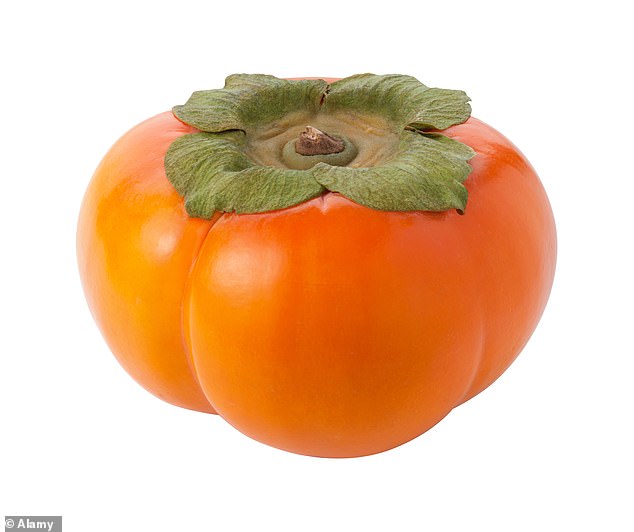Experts warn that swallowing gum could lead to a rare and distressing medical condition.
It can build up in the digestive system and harden, forming a “stony mass” called a bezoar, they say, and chewing other indigestible substances, such as hair, can also increase the risk.
In a case report published by Ecuadorian doctors this month, a 24-year-old woman underwent a procedure to remove a colossal 40-centimeter mass of hair — about the size of a beach ball — from her stomach.
In the UK, there was a similar case of a seven-year-old girl from Newcastle who had a cricket-ball-sized mass of hair removed from her stomach, according to Dr Dan Baumgardt, an expert in pharmacology and neuroscience at the University of Bristol.
And while eating fruits and vegetables is generally good for your health, bezoars can occasionally form from indigestible parts of these foods, such as cellulose.
Dr. Baumgardt said that not only can hair form the basis of a bezoar, but chewing gum is also a culprit (file image)
Writing for the website, The conversationDr. Baumgardt said Persimmons, especially green ones, were prone to forming bezoars due to their high tannin content, a chemical found naturally in plants.
But Dr. Baumgardt added that other foods and even non-food items also trigger their formation, although overall cases were rare.
‘Fibres from fruits and vegetables, milk, medicines and gums (such as chewing gum) can form an indigestible mass in the stomach, while ingestion of inorganic materials such as paper, polystyrene and plastics can also cause bezoars,’ he explained.
The compulsive consumption of non-edible items, such as hair, paper or sand, is medically known as pica.
Young children, as well as adults with learning disabilities, are among the most common people to suffer from pica, but adults under stress or mental pressure or with a deficiency of iron or zinc in their diet can sometimes also develop it.
Pregnant women can also develop pica in what is thought to be a reaction to the body’s search for certain types of nutrients.
Dr. Baumgardt said that while many bezoars take on a rock-like appearance, some, particularly those made of hair, can look more like a “braid,” giving rise to the term “Rapunzel syndrome,” named after the long-haired fairy-tale princess.
Bezoars can remain silent in the digestive system for years because, as long as they do not block or obstruct the normal functioning of the organs, they do not cause symptoms that could alert doctors or family members about their existence.
But they can cause a host of problems if they do, including nausea, abdominal pain, vomiting, ulcers and even internal bleeding.

Persimmons, especially green ones, had a tendency to form bezoars due to their high tannin content, a chemical found naturally in plants.

A substance often used to soften bezoars for further intervention is dark soft drinks such as Coca-Cola or Pepsi.
Dr. Baumgardt said removal options in these circumstances include an endoscope (a small tool attached to a flexible camera) if it is small enough.
Larger bezoars may require ingestion of a solution to dissolve the material they are made of or surgery. Options for these larger bezoars depend on the material ingested and the exact location of the bezoar in the patient.
A substance often used to soften bezoars for further intervention is dark soft drinks such as Coca-Cola or Pepsi.
According to an article published in Practical Gastroenterology in 2021, the slight acidity of soft drinks and carbon dioxide help break up some types of bezoars.
This is usually done by giving the patient three liters to consume in 24 hours.
While systematic medical reviews of the technique have found that using soda like this is only successful in between 23 and 60.6 percent of cases, depending on the type of bezoar, the low cost and low risk of the procedure means it is often attempted.
Dr. Baumgardt advised people concerned about or prone to bezoars to avoid the following foods and behaviors.
“Avoid high-risk foods such as persimmons, celery, squash, prunes and sunflower seed hulls, and chew food thoroughly before swallowing. Avoid swallowing indigestible non-edible items, including hair, and consult a doctor if you are concerned about the condition called pica,” she said.
Estimates of bezoars in the population vary, but they are considered very rare.
Some studies put the rate in the population at between 0.07 and 0.4 percent, approximately one in 250 people or less than one in 1,000.
Others say that most centers specializing in gastroenterology, which treats diseases of the digestive system, only see an average of 2.5 cases per year, but this figure can rise to 16.5 per year in countries with a high consumption of foods like persimmons.

